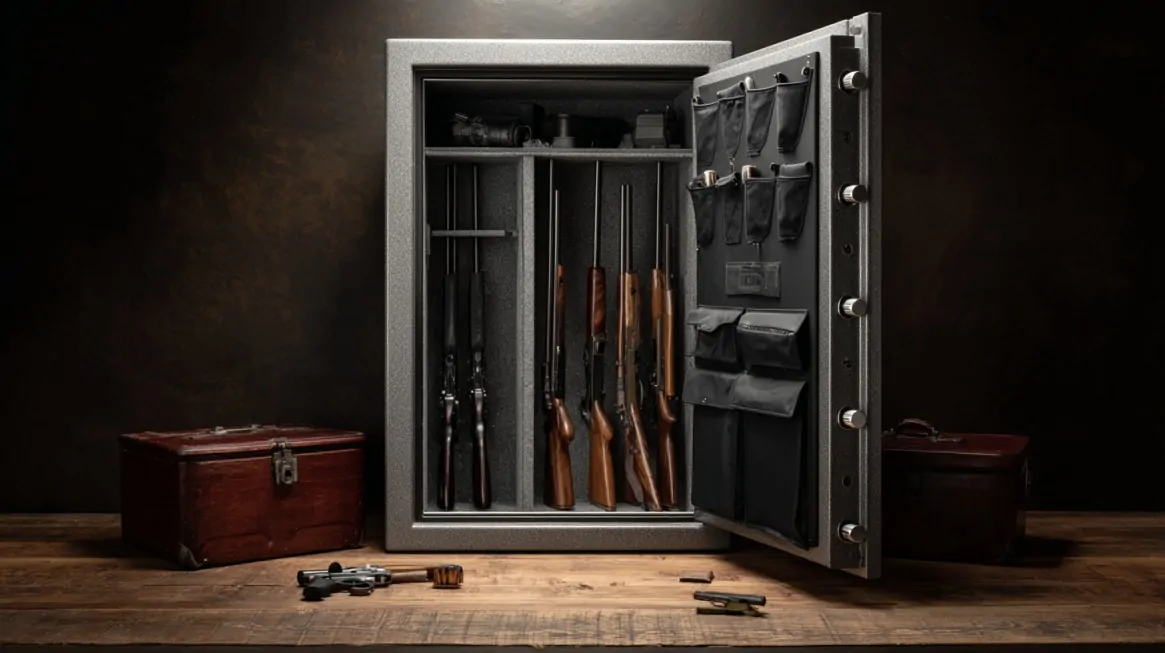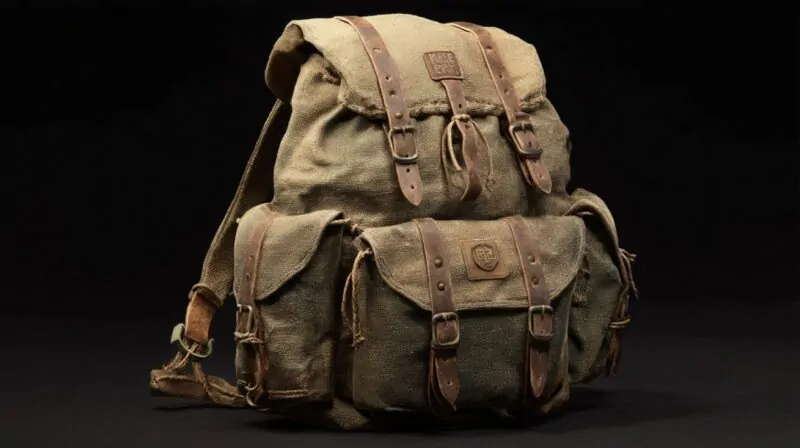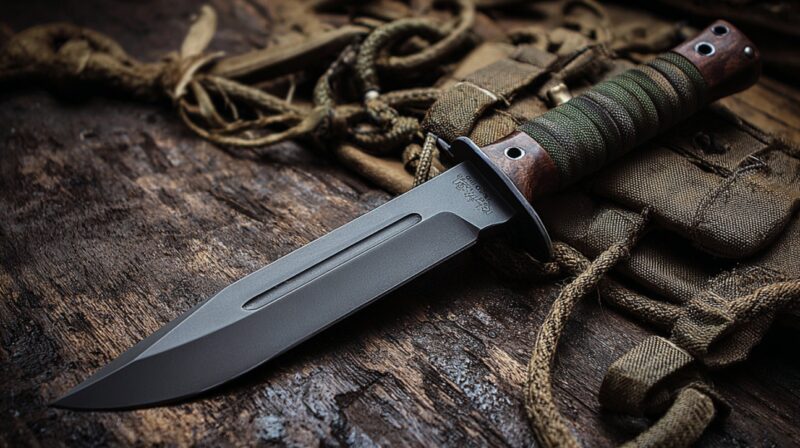Accessing a gun safe properly can mean the difference between readiness and frustration. A reliable method ensures safety, preserves the integrity of the lock, and keeps valuables secure. Every safe presents its design, so careful technique matters.
Before attempting any method of entry, it’s essential to confirm rightful ownership. Bypassing a locking mechanism without proper authority may lead to legal trouble, void warranties, or raise suspicion. If unsure about your claim, check receipts, ownership papers, or registration documents, if applicable.
Gun safes feature several types of locks, each with its method of operation. Some require physical manipulation, while others depend on electronic input or biometric confirmation.
Each system has benefits and drawbacks, with different levels of security, convenience, and risk of failure.
With so many options out there, as well as the number of guns in the country, it makes perfect sense to reflect on this topic in greater detail.
Table of Contents
ToggleIdentify Your Safe’s Lock Type
Identifying the locking mechanism is the essential first move before attempting to open a gun safe. Each lock type reacts to different inputs, and misjudging the mechanism can waste time, lead to failed attempts, or cause unintentional damage.
Taking a few minutes to properly classify the lock can save hours of frustration later. There are four main lock types found on practically every gun safe.
Each has distinct characteristics:
| Lock Type | Operation Method | Power Requirement | Notable Features | Potential Drawbacks |
|---|---|---|---|---|
| Combination Lock | Rotary dial with number sequence | None (mechanical) | Manual dialing, sequence-based unlocking | Slower access, requires precision |
| Digital Keypad | Numerical code entry via push buttons | Battery-powered | Quick access, may include override key slot | Battery failure, code memory issues |
| Biometric Scanner | Fingerprint or palm recognition | Internal batteries | Fast access, stores multiple users, sensor-based unlocking | Sensor errors, battery drain |
| Keyed Lock | Physical key insertion and turn | None (manual) | Simple use, often included as backup | Lost/broken keys, limited protection level |
To identify which lock type your safe uses, begin by closely examining the front panel. Look for features that match one of the descriptions above.
- Brand Name or Logo: Often printed or embossed near the dial, keypad, or scanner.
- Model Number: Usually located on the door frame or inside edge.
- Manuals and Booklets: Check any printed materials received during purchase.
- Online Support: Visit the manufacturer’s website using the model number.
- Branded Stickers: Sometimes found on the inside of the door or back panel.
Opening a Combination Lock Safe
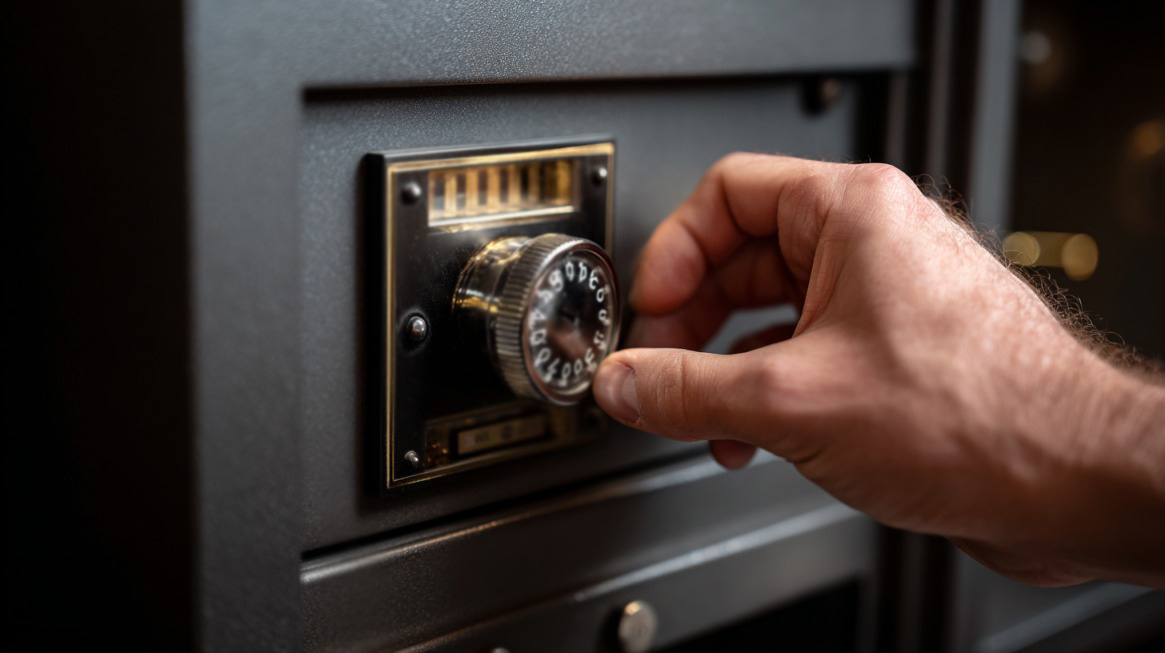
Opening a dial-based gun safe requires steady hands, focus, and precise movement. These locks operate on a mechanical sequence, and any minor mistake, such as turning too quickly, overshooting a number, or starting in the wrong direction, can prevent access.
Mechanical dials are reliable, but they demand discipline in execution.
Patience pays off when following a structured approach. Before starting, ensure good lighting, minimal distractions, and a clean working environment.
Step-by-Step Process (Example: Sentry Safe)
Follow each stage carefully.
- Reset the dial by turning it to zero a few times. This clears out any prior movement or misalignment.
- Turn the dial right (clockwise) past zero three full times, then stop at the first number on the fourth rotation.
- Turn left (counterclockwise) past the second number once, then stop on it the second time you hit it.
- Turn right directly to the third number, without passing it.
- Grip and turn the handle. If the process was followed correctly, the locking mechanism should release, and the safe will open.
Moving through each step slowly and with intention avoids common missteps. Rushing causes overlap or misalignment in the wheel pack inside the lock.
Common Issues When Opening Combination Safes
Problems are often simple in nature but frustrating when not immediately recognized. Be on the lookout for the following complications, noted as bullet points for reference:
| Issue | Cause / Detail | Solution / Note |
|---|---|---|
| Incorrect Sequence or Speed | Turning too quickly causes numbers to skip alignment points | Rotate dial slowly and precisely |
| Spinning in the wrong direction resets the sequence | Follow directional instructions strictly | |
| Pausing mid-rotation can confuse internal mechanics | Maintain consistent motion throughout the dial sequence | |
| Debris or Stuck Dials | Dust or dirt buildup on the dial track causes resistance | Keep dial area clean |
| Internal debris blocks smooth rotation | Use canned air to remove particles | |
| Slight internal blockage from wear or grime | Turn dial gently and repeatedly to re-engage mechanism | |
| Forgotten Combinations / Changes | Previous owner may have changed the code without documentation | Attempt retrieval only with verified proof of ownership |
| Owner forgets the correct sequence | Contact manufacturer to initiate reset or recovery | |
| Lack of access to safe’s identifying tag | Check for tag on door edge or within original paperwork |
Avoid using tools or applying force if the dial feels stuck or doesn’t turn smoothly. Resistance could indicate internal lock engagement, not mechanical failure.
Opening a Digital Lock Safe
Digital lock safes offer convenience and speed, making them a popular option for many users.
Despite their benefits, they can become frustrating when faced with power failure, keypad wear, or forgotten codes.
Success depends on accurate input, timely maintenance, and knowing alternative solutions before trouble begins.
Steps to Open
To successfully open a digital lock safe, follow a specific series of actions. Several key steps must be performed in sequence, and speed plays a role in avoiding automatic timeouts.
- Enter the numerical code using the keypad. Be deliberate and ensure each digit registers.
- Observe confirmation signals such as a green light, beep, or slight motor noise.
- Turn the handle promptly once the signal appears. Waiting too long may reset the keypad.
- Access granted only when the mechanism fully unlocks and the door opens smoothly.
A delay between code entry and handle rotation may require repeating the process. Timers are often built in to reduce tampering.
Keypad Malfunctions or Dead Batteries
Digital locks rely on consistent power. When batteries fail or wiring loosens, the keypad may stop working entirely. Troubleshooting starts with locating the power source and knowing how to open or replace it safely.
- No response when pressing keys, or dim/non-functional display screens.
- Inconsistent beeps or flickering lights after code entry.
Quick fixes include:
- Replacing batteries: Most safes have a battery compartment hidden under the keypad or behind a front-facing panel.
- Use a screwdriver or press-tab latch to access the compartment.
- Insert fresh batteries of the recommended type and voltage.
- Using the override key: Many safes include a physical override for backup access.
- Look behind a removable emblem or protective cover for the keyhole.
- Insert the key and turn gently without forcing.
Having replacement batteries on hand and knowing how to access the compartment ensures you’re not locked out during emergencies.
Opening Keyed Lock Safes
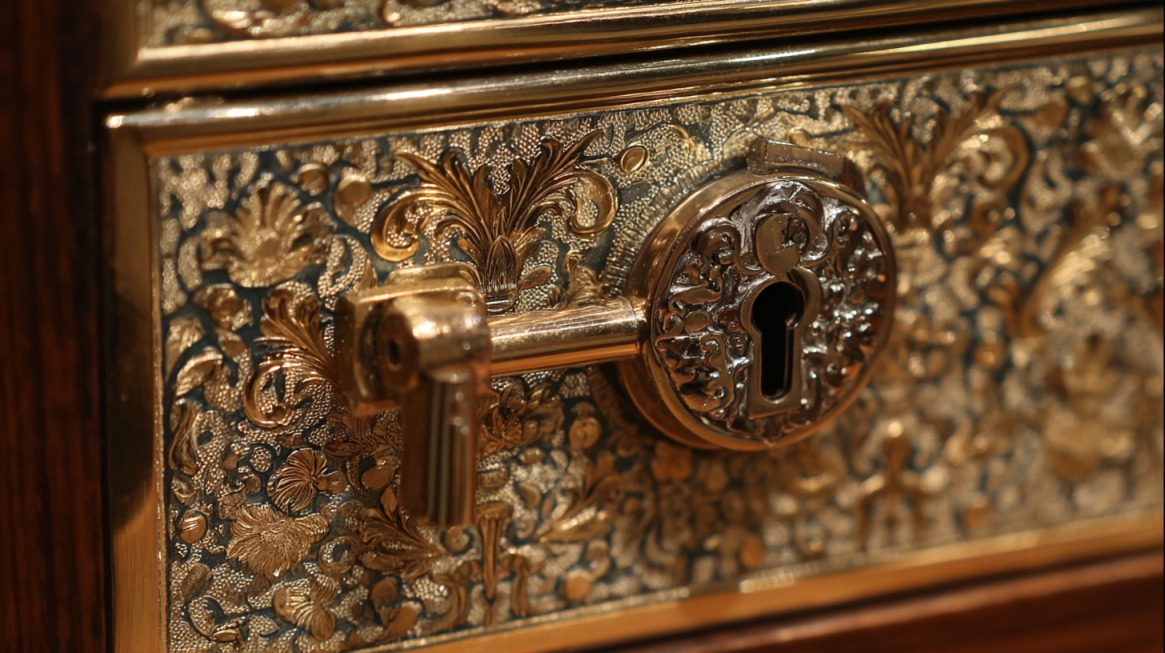
Keyed locks might look simple at first glance, but they often create major problems during emergencies or after years of use.
Misuse, wear, or lost keys can quickly turn a reliable locking system into a frustrating obstacle.
Proper Use
Start with a slow, careful approach. Rushing can break internal components or strip the key.
- Insert the key into the lock cylinder.
- Turn the key slowly without force to allow the bolt to disengage.
- If resistance is met, apply gentle jiggling while maintaining steady turning pressure.
- Avoid sudden twisting or yanking motions, which often damage the mechanism.
- Rough handling frequently leads to key damage or a jammed cylinder.
Problems and Prevention
Unexpected issues arise most often due to old keys, worn cylinders, or rushed handling. Prevent future headaches by applying safe practices early.
- Broken Key: A snapped key inside the lock calls for calm. Needle-nose pliers or a strong magnet can assist with removal.
- Key Gets Stuck: Graphite powder acts as a dry lubricant that won’t attract dirt. Insert, apply a small puff, then test the key again.
- Worn Keys: Replace heavily used keys before they break. Duplicate a spare early and store it in a secure, separate location.
A few small precautions can extend a keyed safe’s usability for years.
What to Do During a Lockout

A lockout can happen at the worst possible time. Before going for tools, try safe techniques to regain access. Several non-destructive options should be exhausted before attempting anything drastic.
Manipulation Techniques for Combination Locks
Some combination locks allow subtle listening or feeling techniques to pinpoint the correct combination. Begin by focusing on tactile feedback.
Rotate the dial slowly while applying steady pressure on the safe’s handle.
Pay close attention to subtle resistance, clicks, or points where movement loosens.
These tiny shifts may indicate the wheel packs aligning correctly.
Practicing these techniques takes time, but they occasionally help bypass forgotten combinations without damage.
Non-Destructive Methods
Several solutions preserve the safe’s structure and contents. These should always be attempted first.
- Factory Reset: Many safes offer reset protocols using serial numbers and proper ID.
- Manufacturer Assistance: Contact the company’s customer support. After proof of ownership, they may provide unlock instructions or replacement codes.
Always use these methods before considering any type of destructive entry.
Destructive Methods (Last Resort Only)
If all else fails and immediate access is required, some physical methods can open the safe. These come with risks to the safety and contents, and should only be done when no other option exists.
- Drilling: Use a high-quality drill bit to penetrate a known weak spot, often marked on the manufacturer’s drill point chart.
- Prying: Insert a pry bar under the door edge, though this usually damages the safe frame and locking bolts.
- Cutting: An angle grinder can cut open the safe body, but flying sparks and metal dust create safety hazards.
Before using any of these, wear safety equipment and consider what’s stored inside. Items like paper, electronics, or heat-sensitive materials may be permanently damaged.
Advanced Safe-Cracking Methods (For Professionals Only)
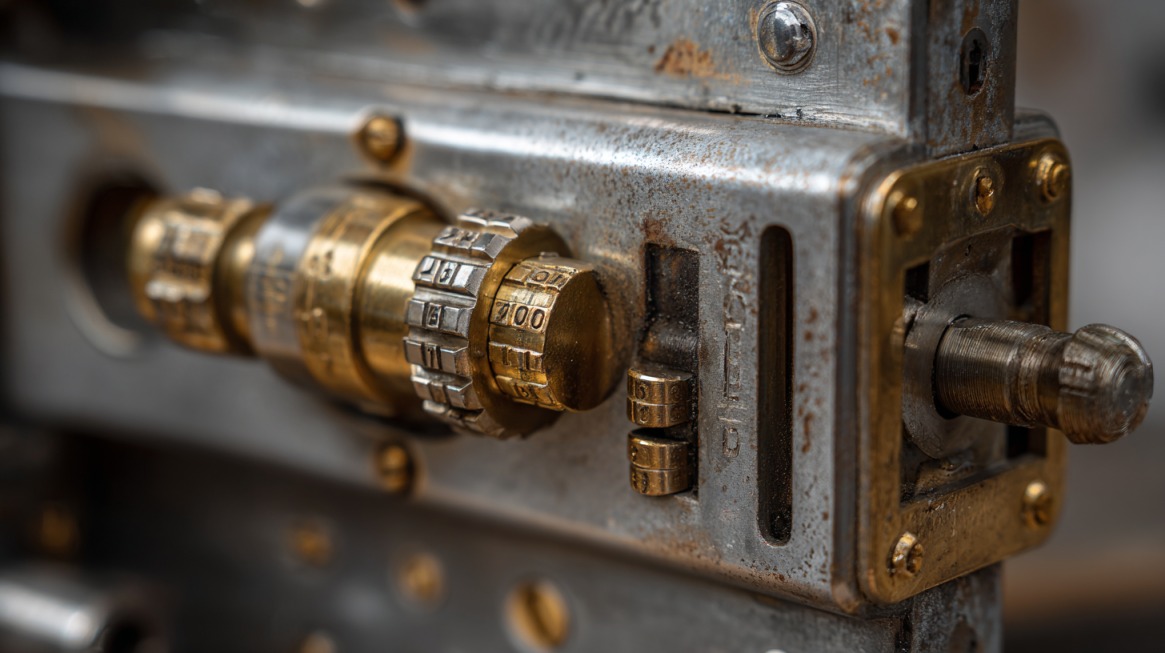
Not all techniques belong in a home toolkit. Some require years of expertise and specialized equipment.
Attempting these without proper training may cause injury, legal trouble, or irreversible damage to the gun safe.
Lock Picking for Keyed Safes
Experienced locksmiths use specialized tools and a methodical approach.
- Tension wrenches apply pressure to the cylinder.
- Picks lift individual pins to the shear line.
- Success relies on touch, feel, and sound rather than sight.
- This method leaves no visible damage and maintains lock integrity.
Drill Points and Strategic Access
Precision drilling can open safes without full destruction, but only with proper technique and diagrams.
- Drill points target specific components like the solenoid, wheel pack, or relocker.
- Professionals use borescopes to avoid damaging critical parts.
- Small holes are typically patched afterward.
- Incorrect drilling locations or angles often destroy the safety permanently.
Biometric Spoofing (Theory Only)
While rarely attempted outside of secure research environments, there are theoretical techniques for bypassing fingerprint scanners.
- Silicone molds may imitate prints.
- High-resolution photos could confuse optical readers.
Biometric systems in consumer safes generally prevent these methods, and most owners have no reason to attempt them. Use of such methods without permission may violate laws.
Opening a Gun Safe Without a Key
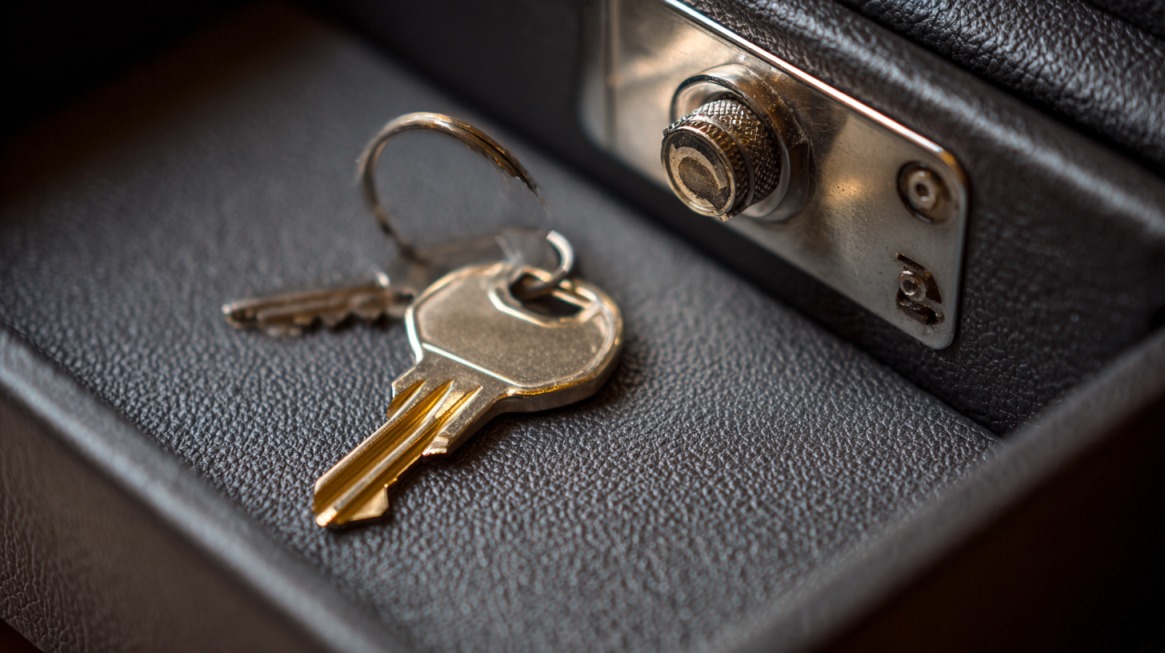
Losing the key to a gun safe can trigger panic, especially when immediate access is critical.
Before taking extreme action, it’s worth exploring practical and safer alternatives that don’t involve permanent damage.
Check for an Override Method
Many safes with keyed entry also come with backup features. Look closely around the keypad or lock plate for hidden panels or manufacturer branding that may conceal access points.
- Override Code: Some models allow entry through a digital code in addition to the key.
- Hidden Keyhole: Often placed behind logos or removable caps.
- Reset Instructions: Check your user manual for emergency override instructions.
If available, use these first. They preserve both the lock and contents without additional tools.
Contact the Manufacturer
Reaching out to the safe’s manufacturer can provide fast answers. With proof of ownership, you may receive a replacement key or guidance for non-destructive entry.
- Have the serial number, model number, and a sales receipt ready.
- Many brands offer locksmith referrals for your specific unit.
- Avoid guessing the key or forcing a fit with other similar keys.
Using improper keys can bend internal tumblers and complicate professional repair.
Non-Destructive Bypass Attempts
In certain low-security safes, it may be possible to manipulate the lock cylinder without damage. Try these at your own risk, and only on a gun safe you own.
- Lock Shimming: Some cheap locks allow bypassing with a thin shim, though most gun safes include anti-shim features.
- Tension Tool and Rake Pick: A basic lockpicking method, where tension is applied while moving pins inside the cylinder using a rake tool.
Success with these methods depends on the lock type and experience level. If unfamiliar with lockpicking tools, avoid experimenting.
When to Call a Locksmith

There comes a point where doing more may only make things worse. Knowing when to call a professional can save time, money, and valuables.
Signs That Call for Help
Professional intervention becomes necessary in a range of scenarios:
- Lost or forgotten code with no override access.
- Broken or jammed key inside the cylinder.
- Non-responsive digital panel with dead batteries you can’t replace.
- Biometric scanners that fail to recognize registered inputs.
- Battery compartment requires disassembly for access.
In these cases, continued attempts without help often increase the damage.
What a Locksmith Will Do Differently
Locksmiths bring skill, legal documentation, and specialized tools to the situation.
- Use picks, scopes, or drills designed for your model.
- Access proprietary safe diagrams or manufacturer databases.
- Preserve internal mechanisms for future reuse.
- Replace damaged components on-site.
- Offer documentation for insurance or legal purposes.
Summary
Opening a gun safe doesn’t need to become a nightmare. Knowing the lock type, using appropriate methods, and maintaining your safe regularly can prevent most issues.
Patience beats panic, and expert help is always better than costly trial and error.
Keep codes documented in a secure place, rotate batteries on schedule, and never delay repairs on malfunctioning components.

